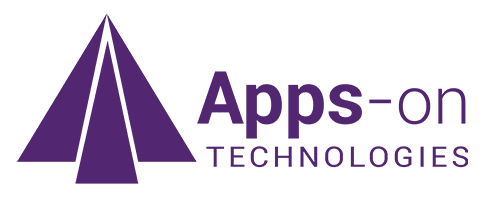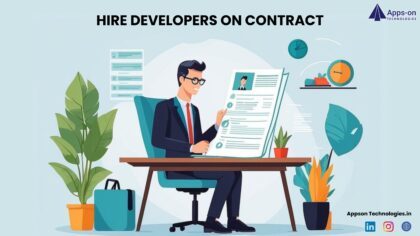Ascend the Ranks: The Comprehensive Guide to Becoming a Flutter Expert
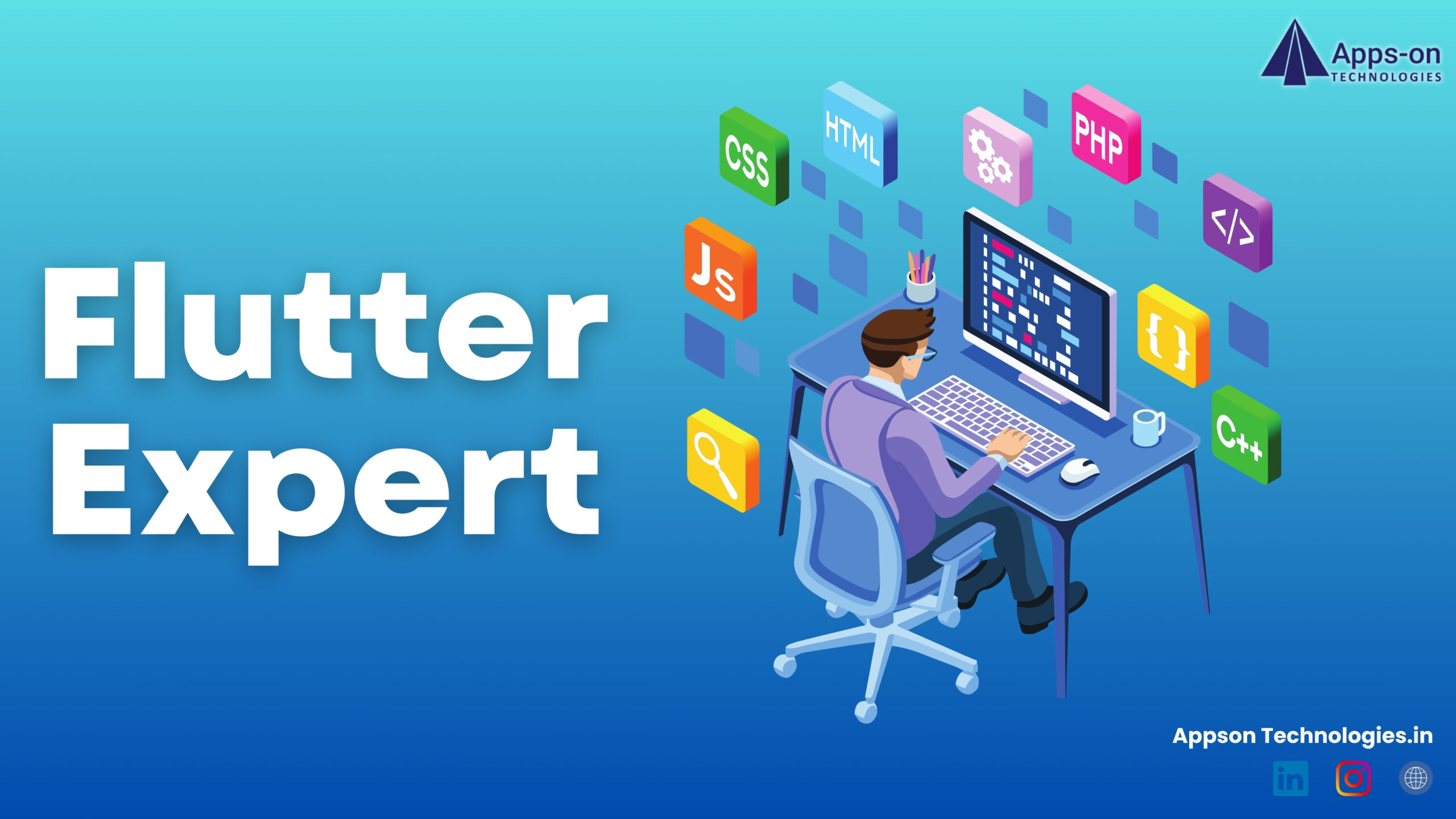
by admin
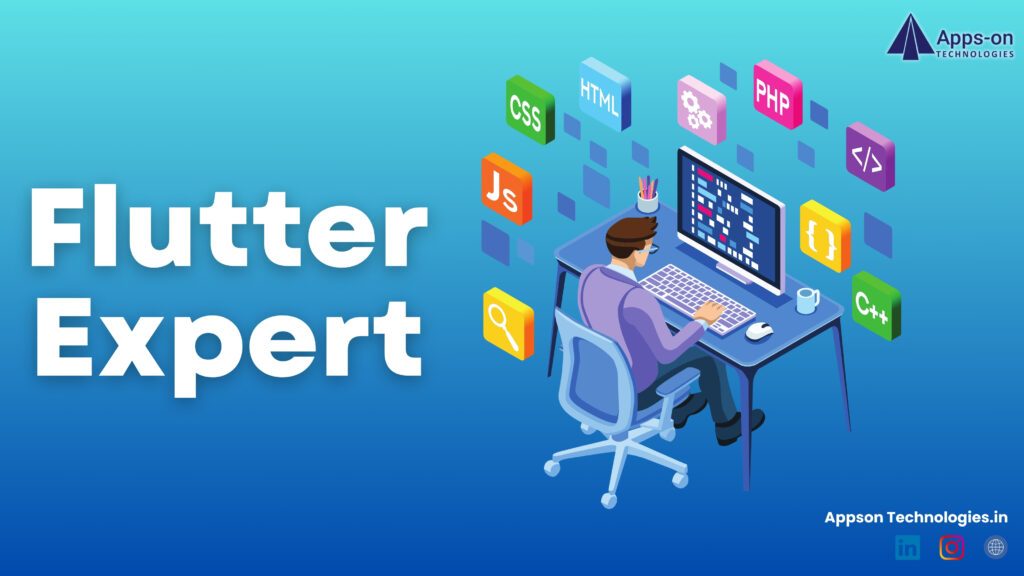
Welcome, aspiring Flutter developers, to your one-stop shop for mastering the art of crafting captivating mobile applications! This comprehensive guide equips you with the knowledge and roadmap to transform yourself from a Flutter novice into a sought-after Flutter expert. Whether you’re a seasoned programmer with experience in other languages or a complete beginner brimming with creative energy, this guide empowers you to navigate the exciting world of Flutter app development and establish yourself as a valuable asset in the mobile app industry.
Igniting Your Flutter Journey: Ideation and Planning
The cornerstone of any successful app lies in a well-defined concept. This initial phase focuses on sparking your creative fire and identifying a captivating app idea to build with Flutter. Explore current trends, delve into user needs, and identify gaps in functionality offered by existing apps. Perhaps you can solve a personal pain point with a unique mobile solution! Once you’ve unearthed a promising concept, this section guides you through pinpointing your target audience. Understanding their demographics, behaviors, and expectations is crucial for designing a user-friendly and successful product. Finally, we’ll equip you with the tools to craft a clear roadmap outlining your app’s functionalities and features. Prioritize your ideas, define core functionalities, and create a development plan that brings your app to life in manageable stages.
Building Your Developer Arsenal: Setting Up the Environment for Flutter Expertise
Before embarking on your journey to become a Flutter expert, you’ll need to establish a robust development environment. This section delves into the essential steps to get you started. First, we’ll guide you through installing the Flutter SDK, a comprehensive toolkit that provides everything you need to develop, test, debug, and deploy Flutter apps. The SDK includes essential tools like the Dart programming language compiler and a robust set of widgets for building user interfaces.
Next, we’ll introduce you to the world of Integrated Development Environments (IDEs) that seamlessly integrate with Flutter development. Popular options include Android Studio and Visual Studio Code, both offering functionalities like code editing, debugging, and project management. This section will equip you with the knowledge to choose the ideal IDE that suits your workflow and preferences. Additionally, we’ll explore the Flutter DevTools, a suite of debugging and profiling tools that empower you to analyze your app’s performance and identify bottlenecks during development.
Mastering the Art of Flutter Development: Embracing the Dart Programming Language
The foundation of any Flutter expert lies in a deep understanding of the Dart programming language. This section dives into the world of Dart, a modern and beginner-friendly language specifically designed for building high-performance mobile applications. We’ll explore core Dart concepts like variables, data types, control flow statements, and functions – the building blocks of any program.
Furthermore, we’ll delve into object-oriented programming (OOP) principles in Dart, which are essential for structuring complex applications. This section will equip you with the knowledge to create classes, define objects, and leverage inheritance and polymorphism to write reusable and maintainable code. By mastering Dart fundamentals and best practices, you’ll be well on your way to becoming a proficient Flutter developer.
Crafting Beautiful and Functional UIs: Mastering Flutter Widgets
The user interface (UI) is the visual language of your app, the first impression that captivates users and compels them to engage. Flutter excels at UI development with its robust widget toolkit. This section equips you with the knowledge to become a Flutter expert in crafting user-friendly and visually-appealing interfaces. We’ll delve into the world of Flutter widgets, the building blocks for creating UI elements like buttons, text fields, and layouts. Explore techniques for nesting widgets to create complex layouts and customizing widget properties to achieve the desired visual effects.
Furthermore, we’ll explore state management – a crucial concept in Flutter development. State management allows you to handle dynamic changes within your app’s UI. This section will introduce you to popular state management solutions like Provider and BLoC, empowering you to manage your app’s state effectively and build scalable and maintainable UIs.
Building Dynamic and Interactive Apps: Exploring Flutter Features for the Flutter Expert
Having mastered the fundamentals of Dart and Flutter widgets, it’s time to delve into advanced functionalities that empower you as a Flutter expert. This section explores features that breathe life into your apps, making them dynamic and interactive:
Navigation: Flutter provides a robust navigation system for seamless user journeys within your app. We’ll explore techniques for implementing different navigation patterns like push-and-pop navigation, tab navigation, and bottom navigation, ensuring a smooth and intuitive user experience.
Networking and APIs: Modern apps often interact with external data sources. This section equips you with the knowledge to leverage Flutter’s networking capabilities to make HTTP requests and fetch data from APIs. We’ll explore techniques for handling asynchronous operations, parsing JSON responses, and integrating retrieved data into your app’s UI.
State Management in Depth: While the previous section introduced state management basics, this section delves deeper for aspiring Flutter experts. We’ll explore advanced state management solutions like Riverpod and MobX, offering fine-grained control over app state and enabling complex interactions within your app.
Animations and Transitions: Animations and transitions add polish and enhance the user experience of your app. This section equips you with the knowledge to create smooth animations and transitions using Flutter’s built-in animation capabilities. You’ll explore techniques for animating UI elements, creating custom animations, and leveraging pre-built widgets for common animation effects.
By mastering these advanced features, you’ll be well on your way to becoming a Flutter expert capable of building dynamic and engaging mobile applications.
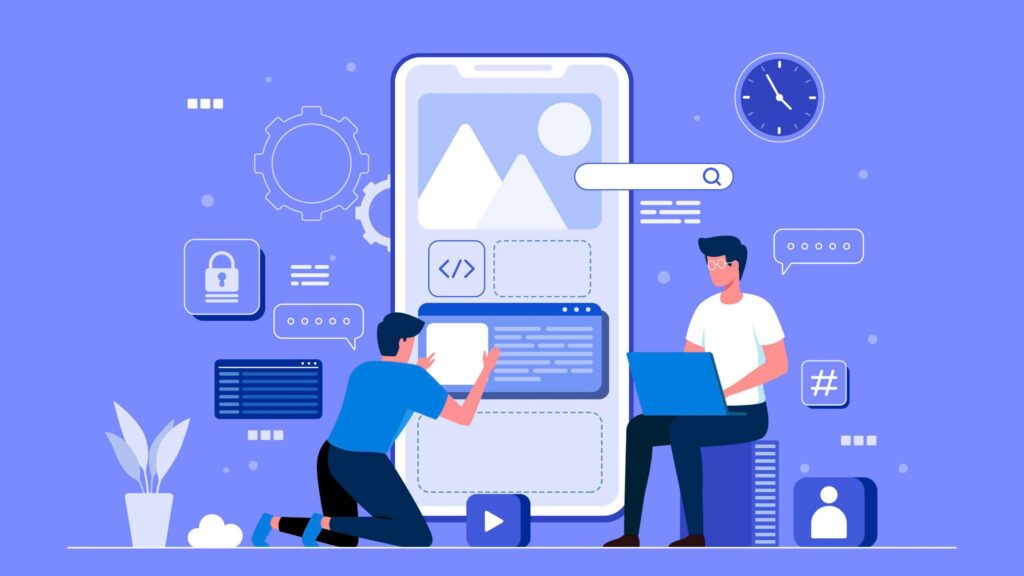
Testing and Debugging: Ensuring Flawless Functionality for the Flutter Expert
No app is perfect on the first try! This section emphasizes the importance of meticulous testing and debugging throughout the development process for any aspiring Flutter expert. We’ll explore strategies for identifying and fixing errors, ensuring your app functions flawlessly before reaching users. Flutter offers a robust set of built-in debugging tools like the Flutter DevTools and hot reload functionality. Additionally, consider using unit testing frameworks like Dart Test to write automated tests that verify the behavior of individual parts of your app. Rigorous testing is essential for building high-quality apps that users trust and enjoy.
Publishing Your Masterpiece: App Store and Google Play Submission for the Flutter Expert
The finish line is in sight! As a soon-to-be Flutter expert, you’ll need to prepare your app for launch on the App Store and Google Play. This section equips you with the knowledge needed for a smooth submission process. We’ll explore guidelines set by both platforms, ensuring your app meets all the technical and content requirements. Creating compelling app store listings with captivating screenshots and a clear app description is crucial for attracting users. Here, we’ll provide tips on crafting an informative description that highlights your app’s unique features and benefits.
Beyond the Basics: Continuous Learning for the Aspiring Flutter Expert
The journey to becoming a Flutter expert is a continuous process of learning and exploration. This section highlights resources available to stay updated with the ever-evolving world of Flutter development:
The Official Flutter Documentation: An invaluable resource for exploring advanced topics and best practices.
Online Tutorials and Courses: Numerous online resources offer in-depth tutorials and courses on specific Flutter functionalities and advanced concepts.
The Vibrant Flutter Developer Community: Engage with other developers through online forums and communities to share knowledge, ask questions, and stay updated on the latest trends.
By staying updated with the latest trends and techniques, you’ll solidify your position as a sought-after Flutter expert.
Conclusion: Charting Your Course as a Flutter Expert
Congratulations! You’ve completed your journey through this comprehensive guide. Remember, the road to becoming a Flutter expert is paved with dedication and continuous learning. With the knowledge and roadmap outlined in this guide, you’re well-equipped to embark on your exciting adventure of building remarkable mobile applications with Flutter. So, don’t hesitate to leverage this guide as a springboard for your Flutter development journey – the app stores await your innovative creations!
Delving Deeper: Exploring Popular Flutter Packages for the Flutter Expert
While Flutter’s core offerings are robust, the true power lies in its vast ecosystem of third-party packages. These pre-built and well-maintained packages can significantly enhance your app’s functionality and save you development time. As a Flutter expert, it’s crucial to explore and utilize these packages effectively:
Bloc and Provider (State Management): While the previous sections covered state management fundamentals, these packages offer advanced solutions for complex app architectures. Bloc focuses on unidirectional data flow, promoting clean and maintainable code. Provider simplifies dependency injection, making it easier to manage application state throughout your widget tree.
Dio (Networking): Dio is a popular and versatile HTTP client package for Flutter. It offers features like interceptors for request and response manipulation, progress tracking, and cancellation capabilities, empowering you to handle network interactions efficiently.
Hive (Local Storage): For storing data locally on the device, Hive provides a powerful and efficient solution. It supports various data types, including key-value pairs, lists, and maps, allowing you to persist data even when the app is offline.
These are just a few examples, and the Flutter package ecosystem is constantly expanding. By actively exploring and integrating relevant packages, you’ll solidify your expertise and become a more well-rounded Flutter expert.
Common Pitfalls and Best Practices for the Aspiring Flutter Expert
The path to becoming a Flutter expert is not without its challenges. Here are some common pitfalls to avoid and best practices to follow:
Overcomplicating State Management: It’s tempting to choose the most complex state management solution for every project. However, for smaller apps, simpler solutions like Provider might suffice. Understanding the trade-offs and choosing the right tool for the job is a hallmark of a Flutter expert.
Neglecting Widget Reusability: Flutter encourages building reusable widgets for a clean and maintainable codebase. As a Flutter expert, strive to create well-structured, reusable widgets that encapsulate functionality and styling, promoting clean and maintainable code.
Ignoring Performance Optimization: While Flutter excels at performance, neglecting optimization techniques can lead to sluggish apps. A Flutter expert understands profiling tools and techniques like code splitting and lazy loading to ensure smooth performance, especially for complex apps.
By actively avoiding these pitfalls and adhering to best practices, you’ll demonstrate the knowledge and experience that defines a true Flutter expert. Here are some additional best practices to consider:
Prioritize Clean Code: Write clear, concise, and well-documented code. Consistent formatting and meaningful variable names enhance readability and maintainability, making it easier for you and others to understand the codebase.
Embrace Version Control: Utilize version control systems like Git to track changes, collaborate effectively, and revert to previous versions if necessary. This ensures a secure development workflow and simplifies collaboration, especially when working on larger projects.
Stay Updated with the Latest Trends: The Flutter ecosystem is constantly evolving, with new features and packages emerging regularly. As a Flutter expert, dedicate time to stay updated with the latest advancements and best practices.
Following these guidelines will empower you to not only build exceptional mobile applications but also establish yourself as a knowledgeable and valuable Flutter expert.
Conclusion
This comprehensive guide has equipped you with the knowledge and roadmap to embark on your journey to becoming a Flutter expert. Remember, the key to success lies in continuous learning, dedication, and a passion for crafting innovative mobile applications. With the foundation laid out in this guide, actively explore the vast world of Flutter development, experiment with new concepts, and contribute to the vibrant developer community. As you navigate this exciting path, never hesitate to seek help and leverage the resources available. The app stores eagerly await the remarkable creations you’ll bring to life with your newfound expertise in Flutter!
